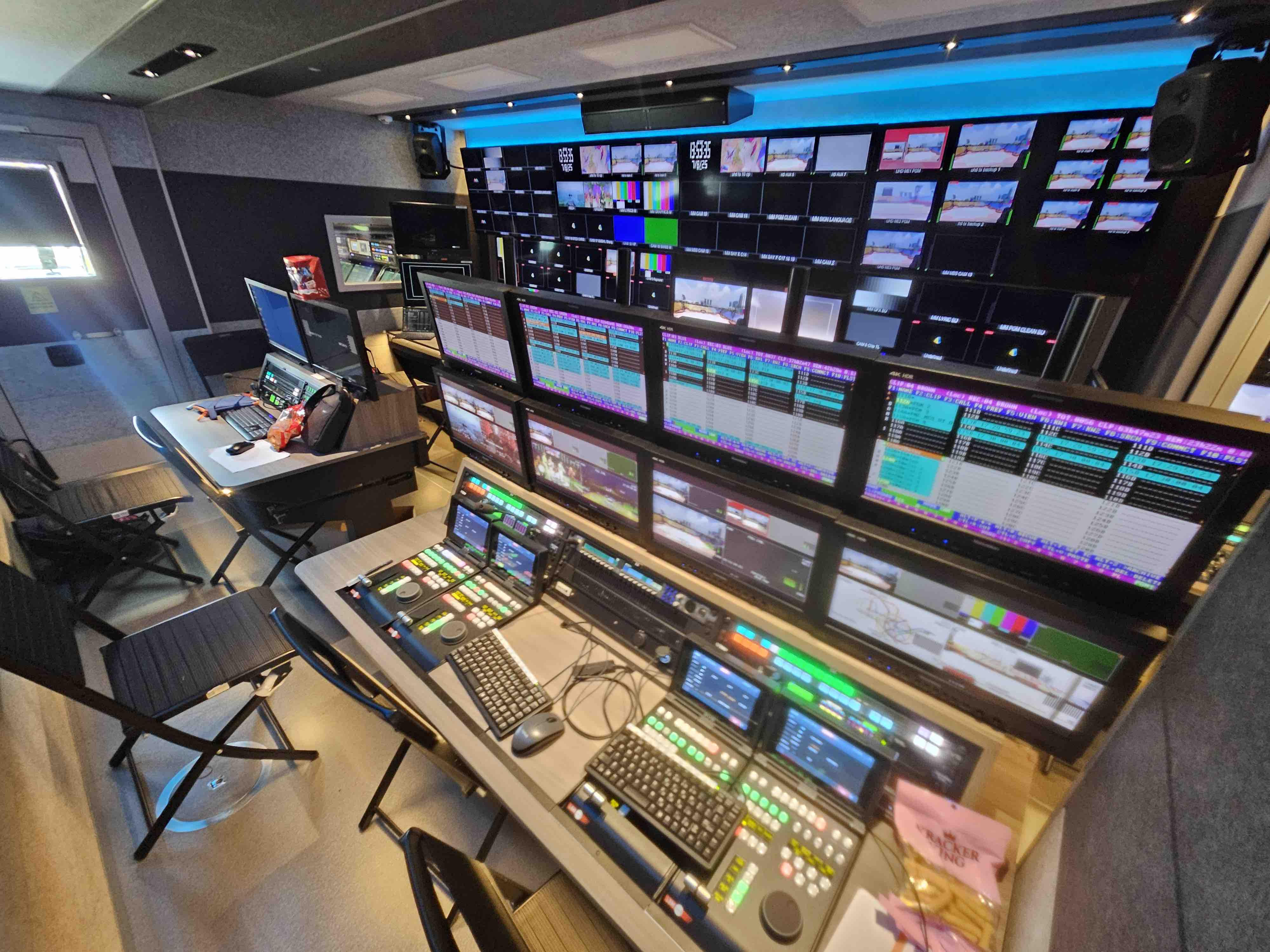Nexstar Pitches Investors on Reach, M&A, Deregulation and NextGen TV Opportunities
Broadcaster highlights significant upsides in new 3.0 revenue, retrans fees, FCC deregulation and media trends favoring broadcasters

IRVING, Texas—Nexstar Media Group, the nation’s largest broadcast station group, has offered investors a new presentation that highlights the company's growth potential. Nexstar’s large audience reach, government deregulation, the potential loosening of ownership caps, growth in retransmission fees, NextGen TV and larger media trends favoring broadcasters should all help boost revenue and profits, the company said.
Even though Federal Communications Commission ownership caps limit station groups to covering 39% of U.S. homes, Nexstar reported that its stations actually reached around 70% if you remove the UHF station discounts.
Currently, Nexstar’s local stations reach about 103 million unique visitors, the company said, and its presented data showing it has the largest U.S. household reach of any broadcasters at 70%, followed by TelevisaUnivision (45%), Tegna (40%), Fox (39%), Sinclair (38%), NBCUniversal (38%), CBS (37%), and Gray Media (36%). ABC stations reach about 22%, Nexstar reported.
The presentation cited ATSC 3.0, The CW and NewsNation as potential organic growth opportunities and said deregulation and slowing pay TV subscriber attrition could further boost its stock.
The presentation also went against conventional wisdom, which sees retrans fees as stagnating in era of cord-cutting by arguing that broadcast programming has gained market share among all linear TV viewing, growing from 40% of linear TV viewing in 2020 to 47% in 2024. That has made broadcast programming more valuable. “If broadcast stations were paid retransmission fees equivalent to their ratings, there would be +44% upside to distribution revenue for the industry,” Nexstar said.
The station group said about 60% of its retrans pacts were up for renewal in 2025, which would impact 2026 results.
It also highlighted its local news operations, noting it employs 6,000 local journalists who generate over 316,000 hours per year of local programming. In addition, it has over 16,000 local salespeople who have relationships with more than 40,000 businesses and two-thirds of its advertising revenue is from Nexstar programming.
The professional video industry's #1 source for news, trends and product and tech information. Sign up below.
In terms of digital, the company noted that it has 138 websites, 229 mobile applications and 60 connected TV apps. As of March, it ranked as the sixth-largest digital news property in terms of unique visitors.
In terms of deregulation, Nexstar’s presentation argued “elimination of the [FCC TV-station] ownership cap could enable Nexstar to make additional acquisitions of stations in markets it is not currently in” and allow the company to add additional network affiliates in markets where it currently operates.
With respect to ATSC 3.0, Nexstar repeated widely cited data from a BIA Kelsey study in 2021, which has not been updated. That study found that the industry could bring in between $6.4 billion to $15 billion a year in new 3.0 revenue with $10.7 billion being the most likely scenario.
Currently Nexstar is part of the EdgeBeam Wireless joint venture with Gray, Sinclair and E.W. Scripps that aims to monetize their spectrum and 3.0 capabilities.
George Winslow is the senior content producer for TV Tech. He has written about the television, media and technology industries for nearly 30 years for such publications as Broadcasting & Cable, Multichannel News and TV Tech. Over the years, he has edited a number of magazines, including Multichannel News International and World Screen, and moderated panels at such major industry events as NAB and MIP TV. He has published two books and dozens of encyclopedia articles on such subjects as the media, New York City history and economics.

